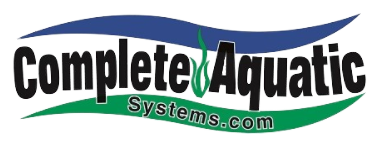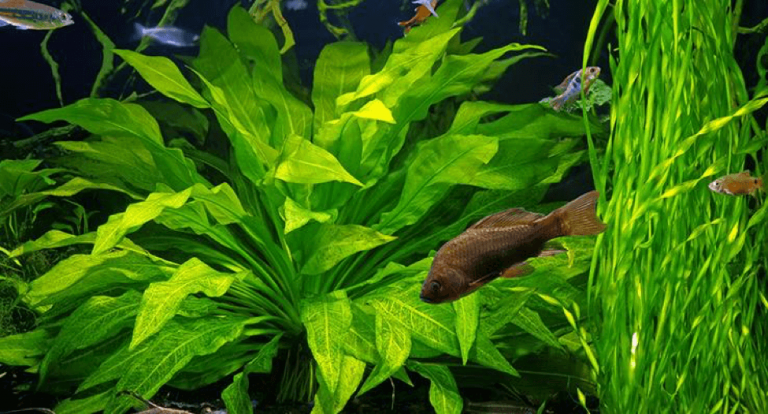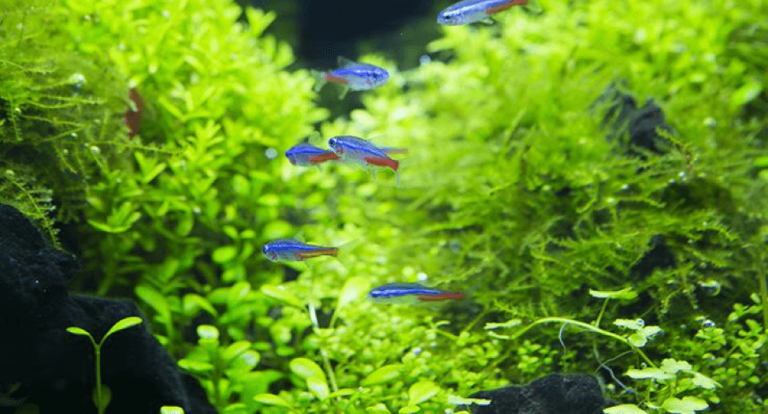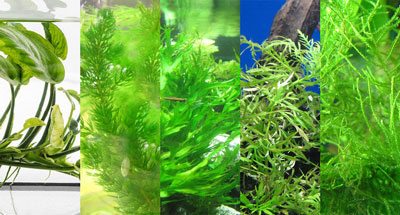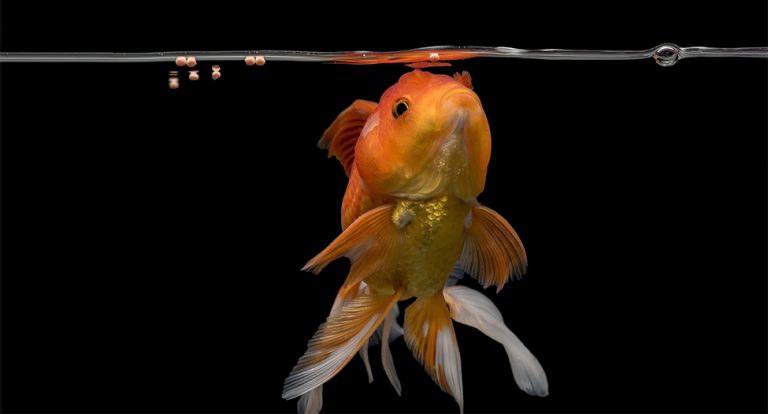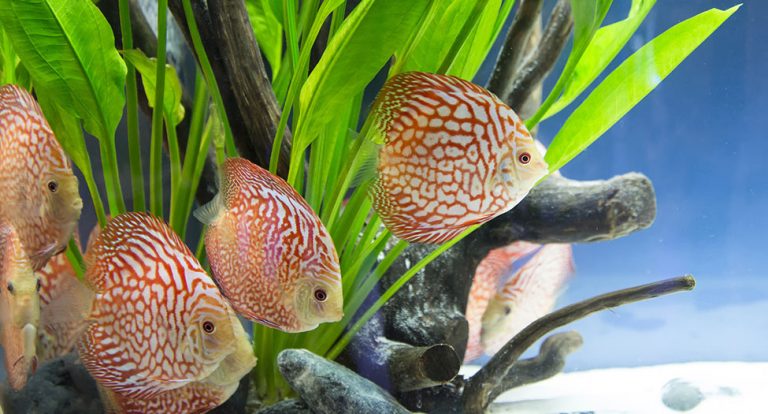NATURE’S BALANCE
By Brian Stewart
INSPIRATION AND WHERE TO BEGIN
Big things have small beginnings. Many of us see beautiful pond gardens, stream banks, river sides, or photos and videos of far flung exotic locations, perhaps even aquariums around the world that are lush gardens teaming with life. Seeing such things can inspire the desire to cultivate something similar at home, or in your office. These environments are relaxing, de-stressing, and a great tool to battle depression. These beautiful ecosystems all depend on a delicate balance of waste and consumption. This is where we will get started as it is the foundation to a healthy aquatic ecosystem.

OUR FIRST INHABITANTS
Nitrifying bacteria (We will focus on aquatic species) as we refer to them (Nitrosomonas, Nitrosococcus, Nitrobacter, and Nitrococcus), get their energy by breaking down inorganic nitrogen compounds such as ammonia and nitrite. They convert them to a less toxic nitrate, helping to detoxify the water in their environment.
Ammonia in an aquatic environment is a product of waste and decay. Bacteria species that break down ammonia, such as Nitrosomonas, and Nitrosococcus can be found in soil, sewage, freshwater, and marine environments along with Nitrobacter, and Nitrococcus, where their food is plentiful, and conditions favorable. These bacteria break ammonia down into nitrite, which is then handled by Nitrobacter, and Nitrococcus, which break down the nitrite into a less toxic nitrate through oxidation. This Nitrate will be consumed by plants and algae and reduced through water changes to maintain a healthy aquatic environment. In a freshwater system your focus will be on Nitrosomonas, and Nitrobacter, while a saltwater system would be a fitting environment for Nitrosococcus, and Nitrococcus.
SETTLING IN
This process takes time to unfold and balance (3+ weeks), has many variables, and is every aquarist or aquatic gardener’s first hurdle. To thrive, these bacteria need an environment with lots of surface area to colonize, and good flow to bring in a continual source of food (ammonia), carry away the waste products(nitrate), and continually supply lots of dissolved oxygen (these guys need to breathe too!). Ammonia must be supplied to get the bacteria going. You can dose ammonia directly or add aquasoil products that tend to release ammonia in the early stages of flooding. You may also choose to add fish from the start. All these things work, and all require close monitoring.
The bacteria will form a sort of slime coat on surfaces in the aquarium as well as the filter media and housing as they colonize. The ideal temperature for our helpful bacteria to procreate at is between 77 and 86 degrees Fahrenheit and they prefer a baser environment with a PH equivalent to or above 7.0. At lower PH levels nitrification slows, and even comes to a stop. Such systems benefit greatly from heavy plant loads, and regular water changes. Bio media can be purchased from a quality retailer for use in your filter system that is designed specifically to cater to these bacteria species for the long-term support of your system. This filter media may be cleaned from time to time by simply running aquarium water, or reverse osmosis/dechlorinated tap water through it.
Be aware! Chlorinated tap water will kill off your beneficial bacteria colonies. Disturbing the media too much may scrape off biofilm which is where the bacteria lives. Use caution when rinsing media not to disturb the surface of the media too much, you may undergo a new cycle, causing an ammonia spike followed by nitrites before things balance back out. This period can be lethal to tank inhabitants. With a bit of caution, mishaps like that can be prevented rather than dealt with.

A SAFETY NET
Give yourself a safety net of sorts. Frequent water changes early on help keep ammonia levels under control so both bacteria and plants get a good start. Start a routine and stick to it. Consistency really helps a tank settle in and grow to its full potential. Planting heavy early on can also help lock up and absorb many excessive nutrients from the beginning, giving your tank a strong, relatively algae free start. There are several great and easily accessible products on the market for introducing nitrifying bacteria to your aquarium. Using such products can speed up cycling and help maintain bacteria colonies over time.
TESTING… TESTING…
Every aquarist, whether new to the hobby, or advanced with years under their belt, should have a good test kit around for several basic water parameters. When in doubt, whip it out, your test kit that is! NO3 (Nitrate), NO2 (Nitrite), NH3/NH4 (Ammonia), PH (Potential Hydrogen), GH (General Hardness), and KH (Carbonate Hardness). These tests can yield a lot of valuable information about your water. There are more tests out there for more advanced hobbyists wanting to dial in their nutrient program for planted and reef aquaria. We will revisit some of those tests in a future article.
These tests are available individually, and as complete kits. They can be found at most brick and mortar, and online retail shops. They will save you time, money, and guess work. It also makes it easier for professionals to answer questions you may have concerning your set up, plants, fish, invertebrates etc. I always personally preferred the liquid regents as apposed to the dip stick variety, but those will give you a good general idea as well. Check back soon for my next article on Filtration and flow.
